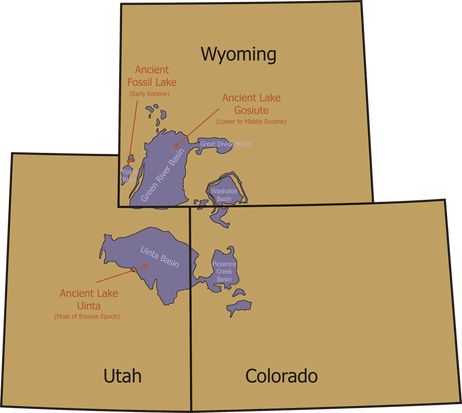1" Detailed Fossil Flying Wasp Insect Green River FM Uintah County UT Eocene Age
Location: Uintah County, Utah
Weight: 1.5 Ounces
Dimensions: 2 Inches Long, 2 Inches Wide, 0.3 Inches Thick (Plate)
Insect Dimensions: 1 Inch Long, 0.5 Inches Wide
The item pictured is the one you will receive.
50 million years old, Eocene age
Wasp Insect
Fifty million years ago, ancient Fossil Lake existed in present-day southwest Wyoming. Its maximum estimated area was 930 square miles, with about 500 square miles of sediment still remaining. The central 230 square miles of the ancient lakebed are rich in fossils and feature geological formations like deltas, beaches, springs, and rocks from both nearshore and central environments. The unique chemistry of the lake's waters prevented decay and scavenging, allowing millimeter-thick layers of alternating limestone to form gradually. This process created laminated limestones containing the world's highest concentration of fossil fish. These fossils, along with other aquatic life and geological features, make Fossil Lake the best Paleogene record of a freshwater lake ecosystem globally. Since their discovery in the 1870s, many well-preserved fossil fish have been recovered. Along with the fish, the laminated limestone preserves a complete aquatic ecosystem, including cyanobacteria, plants, insects, crustaceans (shrimp, crawfish, ostracods), amphibians (frogs and primitive salamanders), alligators, turtles, birds, and mammals—such as the oldest pantolestid (an otter-like animal). The surrounding subtropical terrestrial ecosystem is also represented by rare fossils, including a horse, two snakes, lizards, two bat species, birds, apatemyid (an arboreal insectivore), miacad (a primitive carnivore), insects, and over 325 types of leaves, seeds, and flowers.
















